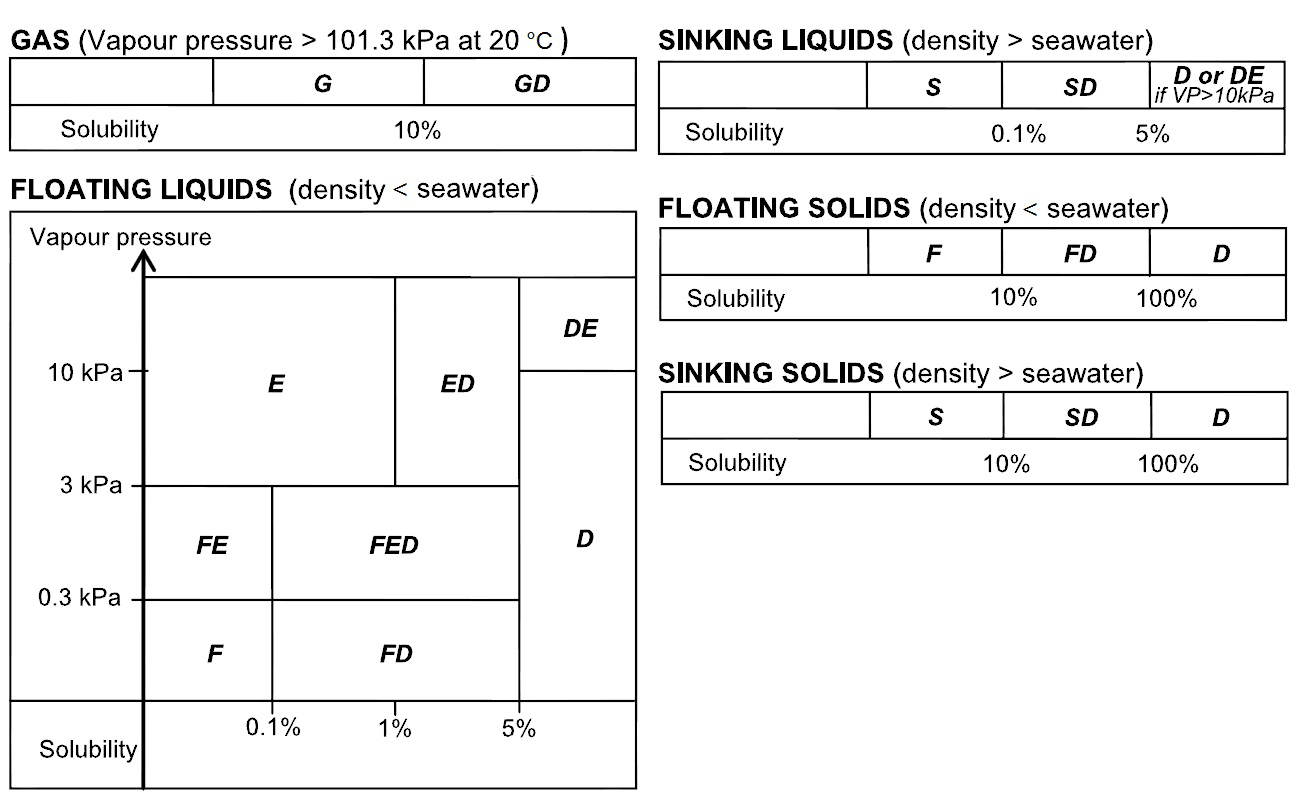
Improving Member States preparedness to face an HNS pollution of the Marine System (HNS-MS)
What are HNS?
Definition
Several definitions of HNS are available; however the OPRC-HNS protocol definition is the one that will be used in the HNS-MS project.
Under the OPRC-HNS Protocol 2000, hazardous and noxious substances or HNS are defined as
“any substance other than oil which, if introduced into the marine environment, is likely to create hazards to human health, to harm living resources and marine life, to damage amenities or to interfere with other legitimate uses of the sea”
and include:
- oil derivatives;
- liquid substances which are noxious or dangerous;
- liquefied gases;
- liquids with flashpoints not exceeding 60°C;
- packaged dangerous, harmful and hazardous materials; and
- solid bulk material with associated chemical hazards.
The HNS-MS project considers also vegetal oils as HNS.
The Protocol covers pollution incidents or a threat of a pollution incident from HNS, such as a discharge, release or emission of HNS including those from fire or explosions, which pose or may pose a threat to the marine environment, or coastline, and would, therefore, require emergency action or an immediate response.
HNS covers a wide range of chemical substances that have diverse intrinsic qualities (such as toxicity, flammability, corrosiveness, and reactivity with other substances or auto-reactivity) and behaviours in the marine environment acting as evaporators, sinkers, floaters or dissolvers. More than 2,000 HNS are regularly carried by sea either in bulk or packaged form. In addition to pipelines, the constantly growing fleet of chemical tankers, bulk carriers and container ships, whose ever-increasing size is cause for concern, exacerbates the risk of accidents and spills into the marine environment.
HNS behaviour
The behaviour of a substance spilt at sea is the way in which it is altered during the first few hours after coming into contact with water. Predicting this behaviour is one of the most important stages in the development of a response strategy. The Standard European Behaviour Classification (SEBC) determines the theoretical behaviour of a substance according to its physical and chemical properties (density, vapor pressure, solubility), and classifies it into one of five main:
Sinkers (S)
Dissolvers (D)
Floaters (F)
Evaporators (E)
Gases (G)
Most of the time, a substance does not have one single behaviour but rather several behaviours due to its nature and environmental processes (wind, waves, current). For example, ethyl acrylate is classified as FED as it floats, evaporates and dissolves.


However, the SEBC code has its limits. It is based on experiments conducted in the laboratory on pure products at a temperature of 20°C in fresh water. These conditions are quite different from those encountered in the case of incidents at sea, and the actual behaviour of the product may be quite different from its theoretical behaviour. Therefore experimental characterization of chemicals behavior at different scales (ranging from laboratory to the field) is needed in order to come close to the actual conditions that may be at sea and thereafter better plan response efforts and pollution control.
Sources:
http://www.chemical-pollution.com/en/sources-pollution/behaviour.php
About the project
HNS-MS is a decision-support tool that Belgian and French maritime authorities as well as coastguard stations can activate in order to forecast the drift, fate and behavior of acute marine pollution by Harmful Noxious Substances (HNS) accidentally released in the marine system.
Contact us
Copyright © 2015–2026 HNS-MS Consortium
 HNS-MS has been funded by DG-ECHO under agreement ECHO/SUB/2014/693705 and runs from 1 January 2015 to 31 March 2017.
HNS-MS has been funded by DG-ECHO under agreement ECHO/SUB/2014/693705 and runs from 1 January 2015 to 31 March 2017.